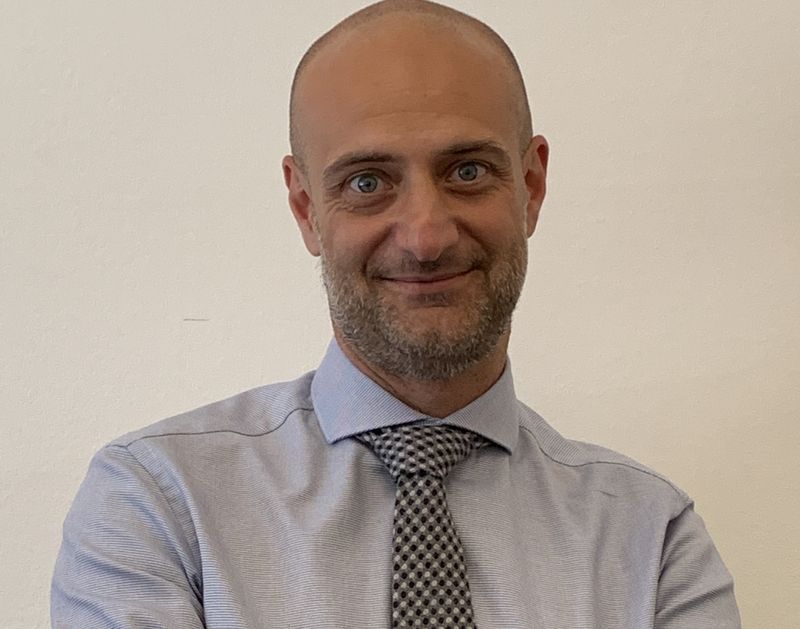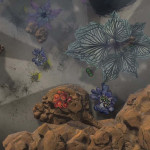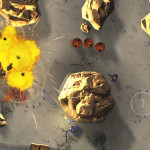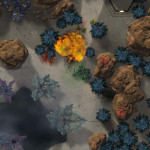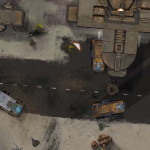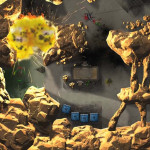The world of indie game publishing is highly competitive and over-saturated, with tons of indie developers struggling to find their foothold. Need proof? Look no further than any of the major digital marketplaces like the Microsoft Store, Nintendo eShop, or Steam.
There’s a nearly endless list of new content releasing each week, and as a gamer, it can be incredibly hard to find the right game.
In a market packed with imaginative creators, it’s become increasingly difficult for their voices to be heard. That’s why the major strategy game publisher, Slitherine, recently announced K-Project – an initiative that looks to help indie developers reach huge audiences and get their games the attention they deserve.
In short, the K-Project looks to both discover new talent and bolster existing teams by providing direct sales and better visibility. Slitherine has plenty of experience in the realm of game publishing, with dozens of unique games under their belt.
Specializing in digital strategy games and war games, Slitherine has become a powerful name with lots of success to back it up. In order to understand the K-Project better, we reached out to Marco Minoli, one of the creators of the K-Project and the Marketing Director at Slitherine. We would like to thank Marco for the opportunity to discuss his project, and help you get excited for all the great games to come!
Q: Thank you so much for taking the time out of your busy schedule to answer our questions. We’ve very excited to hear all about K-Project and your objectives with the initiative. Before we talk about that, I’d like to learn a bit more about you. What got you into game publishing?
A: We moved into publishing in 2007. We had a series of very negative experiences with publishers back in the days, and we wanted to take full ownership of both our content and our business opportunities. It was a time when retail was still a pivotal asset to the success of anyone willing to make games, so we jumped one step up the chain. Reaching retail yet required to go through distribution companies to move boxes and deal with buyers, but we wanted more control, and we decided to go for it.
Q: It’s obvious that you care a lot about indie developers and the world of indie publishing. It sounds like K-Project will help a lot of struggling developers. What was your main reason behind starting K-Project?
A: K-Project is a way for us to give developers an opportunity. Not only to make an impact in the market and to have access to a vast audience of strategy gamers but also to work with a publisher that knows their problems as small start-up businesses. For us, it’s a way to reach out to developers that can shake the market of strategy games like only with their smart ideas.
Q: What kind of promotional activities can the indie developers expect from Slitherine, both in terms of methods and reach?
A: It will very much depend on the game. We never really copy/paste our plans as every title is different and has a diverse audience. Activities will vary from traditional advertising to very tactical, promotional ones. One thing to bear in mind is that the K-Project has its own dedicated marketing person, so there is very focused attention to the indie sector.
Q: Is Slitherine going to financially benefit from a potential commercial success of the games promoted within K-Project, meaning, for example, will the indie developers have to pay some share of the sales?
A: This is a very traditional publisher-developer approach, so yes, the revenue is split with the developers. What is different is that Slitherine will be funding other indie projects through a fund entirely generated by our own share of the revenue. It’s a kind of self-sustained long-term project where we all benefit from the system that’s in place.
Q: Slitherine deals exclusively with strategy and wargames, a genre that doesn’t get a lot of attention in the mainstream gaming world. I’ve always found the genre to be incredibly fun with unparalleled battle options, so I can understand your affinity towards it. Is there any specific strategy or a war game that you personally enjoy the most?
Tactical Troops: Anthracite Shift – Screenshot Gallery, the FIRST K-Project game
A: I think the best games are the ones that give you the impression of being absolutely realistic and true-to-life while keeping simple rules. It’s a delicate balance, and there is always the need for a bit of imagination, but let’s say I am more of a “casual” player of the genre. I prefer shorter strategic challenges than long and detailed engagements.
Q: Before Slitherine took the jump into game publishing, it was actually a small indie game studio, developing a game named Legion. I love the idea of a developer bucking trends and taking matters into their own hands. Can you tell me a bit about the early days of Slitherine and how it has impacted your approach with publishing?
A: We were living in a completely different world. The total number of games released in 12 months on a console in the year 2000 is now published in a week on Steam only; you had retail, distribution, production, and more hurdles to overcome to enter the market. Now the issues are entirely different, and the borders between a publisher and a developer are somewhat blurred. What I think we learned most is to understand what a small independent developer needs from a publisher, what makes its life more comfortable, and what allows it to focus 100% on making a game. Everything else we take care of.
Q: Once again, I’d like to thank you for taking the time to answer our questions. I’ve had a wonderful time learning about the history of Slitherine and the newly-launched K-Project. Before we wrap things up, are there any games or projects you’re currently working on that you would like to share with my audience?
A: I’d only like to take this opportunity to introduce and welcome our first K-Project game Tactical Troops: Anthracite Shift. Take a look; it’s a fun turn-based game that gives its best in one to one engagements. I am sure you’ll find it a great introduction to the world of indie strategy games.

